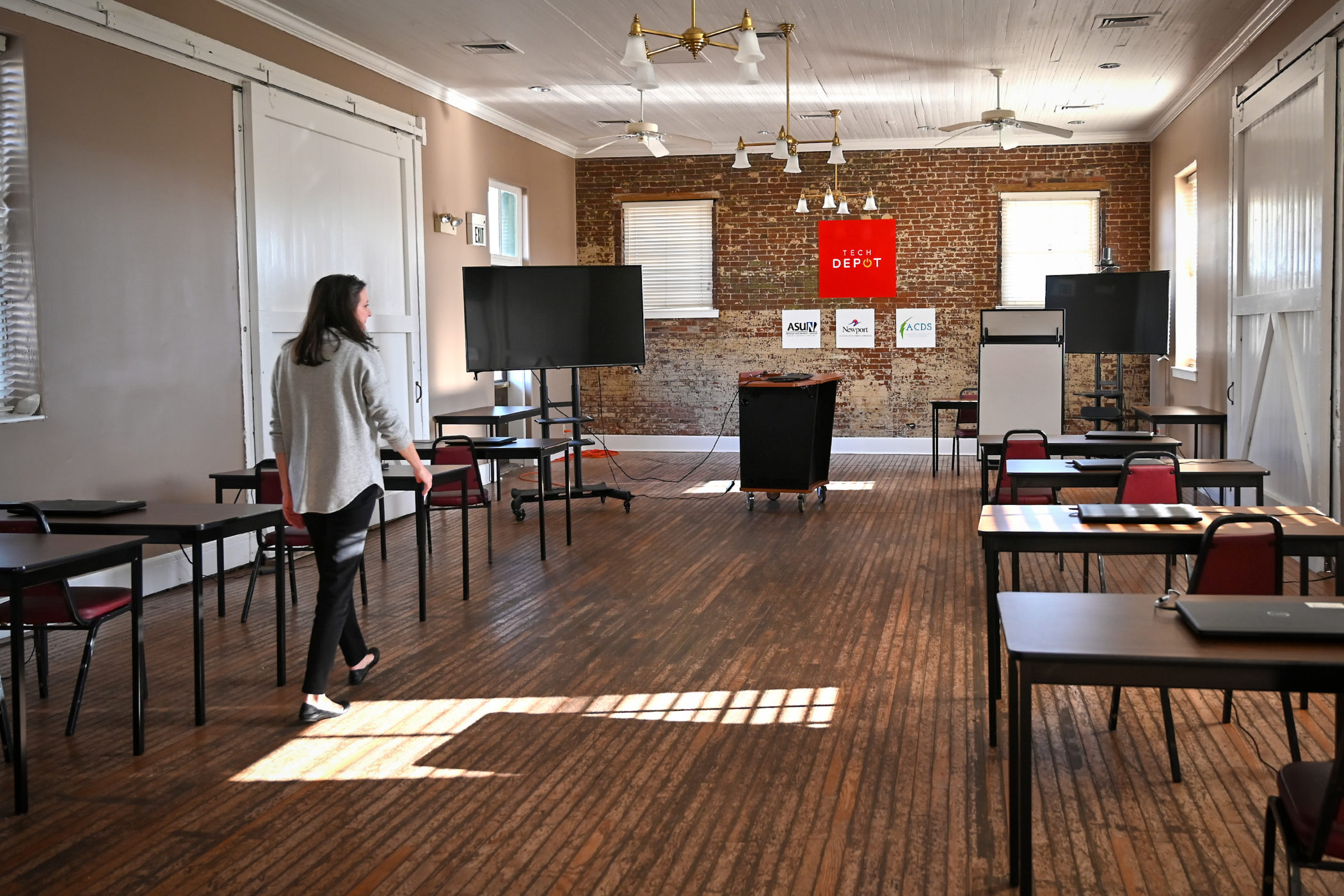About the project
In the final case study of our five-part series, we offer a comparative perspective between two rural communities: Ruston, Louisiana, and Newport, Arkansas.
Ruston is a city of about 22,100 in northern Louisiana, and Newport is a city of about 8,000 in northeast Arkansas. Unlike our past case studies, neither of these communities were part of the Rural Innovation Initiative (RII), the technical assistance program run by the Center on Rural Innovation (CORI) and its sister organization Rural Innovation Strategies, Inc. (RISI). While the perspectives of RII communities provide deeply valuable insight, it is also essential to understand those of rural places that have not had prior engagement with RISI.
This case study examines the role that higher education institutions play in facilitating tech-based economic development in rural communities. Ruston, home to Louisiana Tech University, a large, four-year public university, has been involved in this type of work for more than a decade, while Newport, home to local community college, Arkansas State University-Newport, is newer to the process. In spite of their differences, the experiences of both communities show that there are three types of resources that higher education institutions offer when it comes to tech-based economic development:
- Partnership
- Physical infrastructure
- A talent pipeline
Ruston and Newport are just two communities of many across the United States that exemplify how institutions of higher education can play into tech-based economic development. In addition to outlining the processes and strategies that Ruston and Newport have taken, we offer a toolkit of questions and suggestions for rural communities to consider when thinking about approaches to leveraging their higher education institutions.
Read the report:
This content was prepared by Rural Innovations Strategies, Inc. using Federal funds under award ED20HDQ3120070 from the U.S. Economic Development Administration, U.S. Department of Commerce. The statements, findings, conclusions, and recommendations are those of the author(s) and do not necessarily reflect the views of the U.S. Economic Development Administration or the U.S. Department of Commerce.












